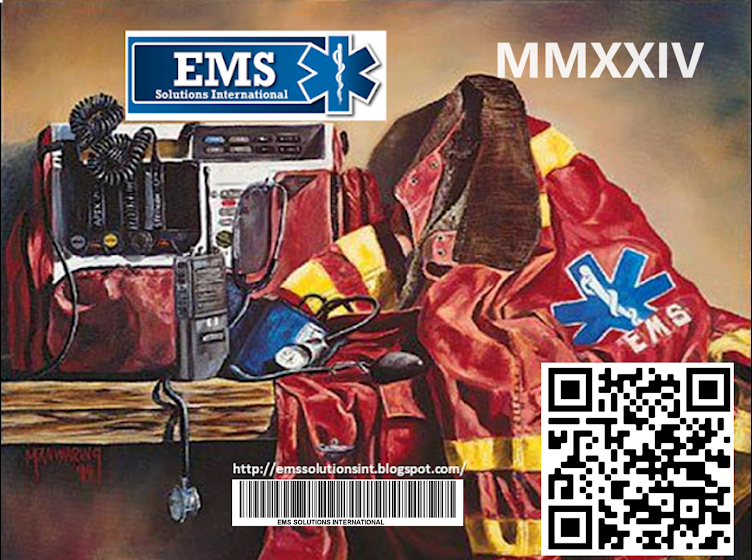 |
| FENTANYIL SAFETY RECOMMENDATIONS FOR FISRT RESPONDERS |
The White House released a fact sheet of recommendations for responders to protect themselves from exposure to opioids. Download the PDF here:
VIDEO DOWNLOAD → https://www.cbp.gov/assets/opa/fentan... The Fentanyl Safety Recommendations for First Responders, and this companion training video Fentanyl: The Real Deal, provides unified, scientific, evidence-based recommendations to first responders so they can protect themselves when the presence of Fentanyl is suspected during the course of their daily activities such as responding to overdose calls and conducting traffic stops, arrests, and searches. The video download link at the top of the description is a link to a ZIP file containing the broadcast quality 1080p video file, it's associated closed caption file, and a fact sheet.
The Office of National Drug Control Policy frequently works with other Federal agencies to study drugs trends and provide the general public and the private sector with recommendations regarding appropriate responses.
Advisory: Fentanyl Safety Recommendations for First Responders
First responders are increasingly likely to encounter fentanyl in their daily activities. To help first responders protect themselves when an encounter with fentanyl is suspected, ONDCP and its Federal interagency partners developed a one-pager on evidence-based practices (available in 8.5” x 11” and 11” x 17”) and a companion training video.
Advisory: 21st Century Drug Trafficking Advisories on Fentanyl and Other Synthetic Opioids
Drug Trafficking Organizations (DTOs) can exploit vulnerabilities in private sector businesses to produce, traffic, and distribute fentanyl and other synthetic opioids.
In response, ONDCP and its Federal interagency partners unveiled the following advisories on how businesses can protect themselves and curb drug production and trafficking through public-private collaboration:
- A summary sheet which outlines these documents;
- A Manufacturing advisory which describes how businesses can identify illicit fentanyl manufacturing;
- A Marketing advisory to help businesses prevent DTOs from using social media, e-commerce sites, and online forums to advertise and sell drugs;
- A Movement advisory to help businesses prevent DTOs from exploiting vulnerabilities in corporate supply chains to move drugs; and
- A Money advisory to alert financial institutions on how to detect and report illicit financial schemes and money laundering operations.
Emergency Department » Opioids such as Fentanyl
Workers in the ED might be exposed to illicit opioids, such as fentanyl, if the patient or his or her personal items are contaminated. The following resources offer information on the potential for worker exposure to synthetic opioids such as fentanyl:
- Preventing Occupational Exposure to Healthcare Personnel in Hospital and Clinic Settings. The National Institute for Occupational Safety and Health (NIOSH).
- Fentanyl: Preventing Occupational Exposure to Emergency Responders. The National Institute for Occupational Safety and Health (NIOSH).
- Fentanyl Exposure Risks for Law Enforcement and Emergency Response Workers. The National Institute for Occupational Safety and Health (NIOSH).
- Recommendations on Selection and Use of Personal Protective Equipment and Decontamination Products for First Responders Against Exposure Hazards to Synthetic Opioids, Including Fentanyl and Fentanyl Analogues. The Interagency Board.
- Fentanyl Safety Recommendations for First Responders. White House National Security Council Interagency Working Group.
- Preventing Occupational Fentanyl and Fentanyl Analog Exposure to Emergency Responders. American College of Medical Toxicology (ACMT) and American Academy of Clinical Toxicology (AACT).
- Fentanyl. National Institutes of Health (NIH).









